When will we finally be able to stop wearing these annoying masks? When can we travel freely again, go out, dance, hug? When can we go back to the old normal?
Every time, the answer is, "When there’s a vaccine."
Never before have so many people been looking forward to an injection so badly. But are we not expecting too much? Won’t it take much longer than we’re currently hoping? Will it still be safe, given the rush to develop it? And when we finally do have a vaccine, is that really the end of all this misery?
Let’s start with the good news: there’s a high chance we’ll find a vaccine for coronavirus. There are viruses that can’t be outsmarted by a vaccine, like HIV, but for coronavirus, that most likely won’t be the case. At the moment there are at least 134 coronavirus vaccines in development. Forty-two of those are already being tested on humans, nine of which have reached the final stage of research. Five of them have been approved for limited use. The chances are very small that none of these will be a successful vaccine.
In fact, we may already have one. China and Russia are claiming they have discovered successful vaccines and have begun inoculating their populations. But these vaccines have not been thoroughly tested, so the question remains whether they are safe and effective enough.
Let’s be optimistic and assume that we will eventually find a fairly safe and effective vaccine. Then the next question is: when?
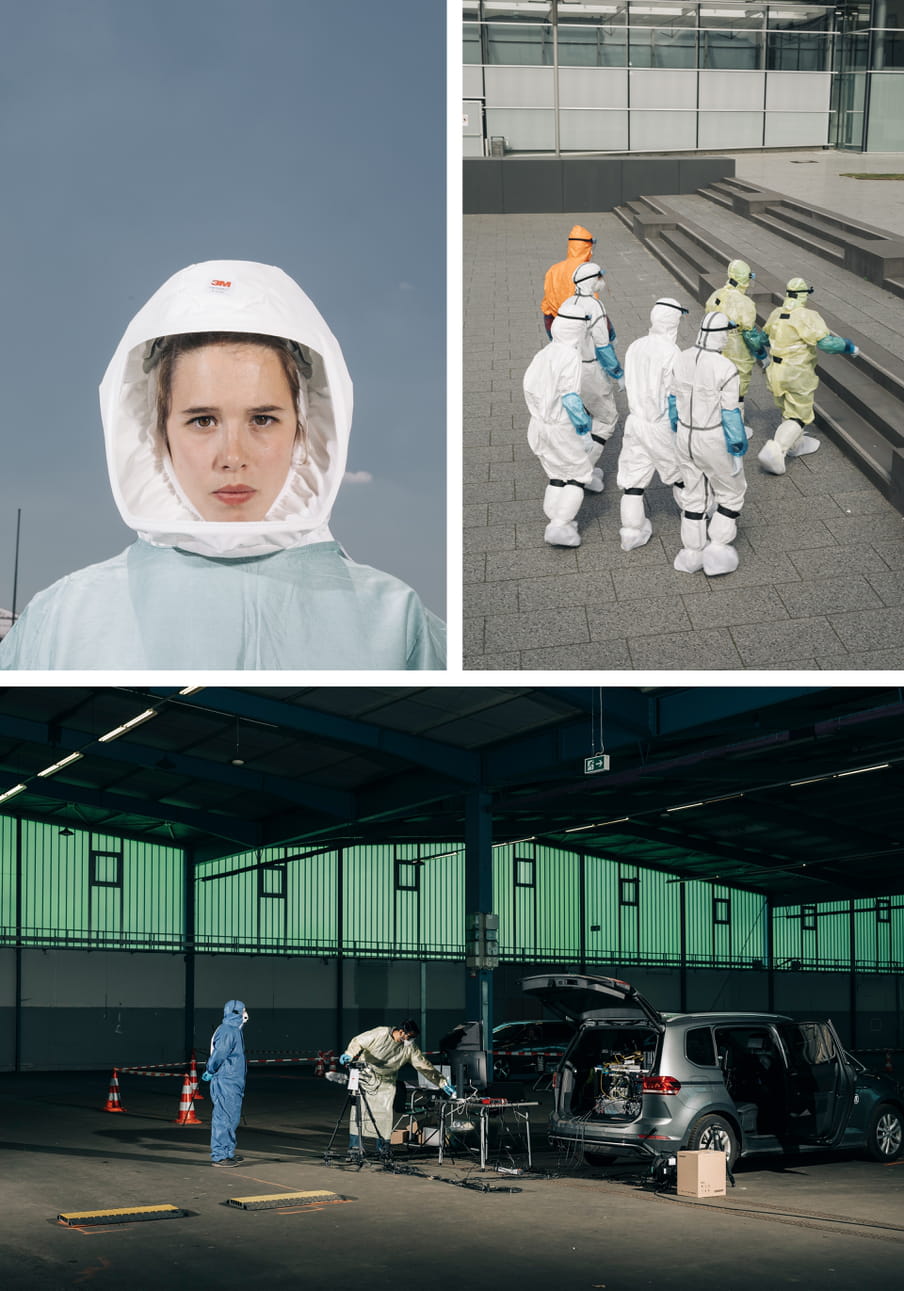
When can we expect a vaccine?
If all goes well, we’ll have a vaccine in the first months of 2021. That’s what the Dutch minister of health Hugo de Jonge said on 1 September. Other leaders are even more optimistic. US president Donald Trump claims there will already be a vaccine within a matter of weeks.
The history of vaccine development gives us little reason to be so optimistic. The fastest vaccine development ever was for mumps, and that took four years. The vaccine for chickenpox took 28 years. For the rotavirus and the human papillomavirus, development took about 15 years. For coronavirus, we hope to manage it in just over a year. Is that even possible?
You could compare developing a vaccine to building a house: you have to do it in a certain order. First the foundations, then the walls, then the roof. All this takes a while. Of course you could try to shorten the turnaround time, but even with a practically limitless budget, the foundations still have to dry before you can put walls on them.

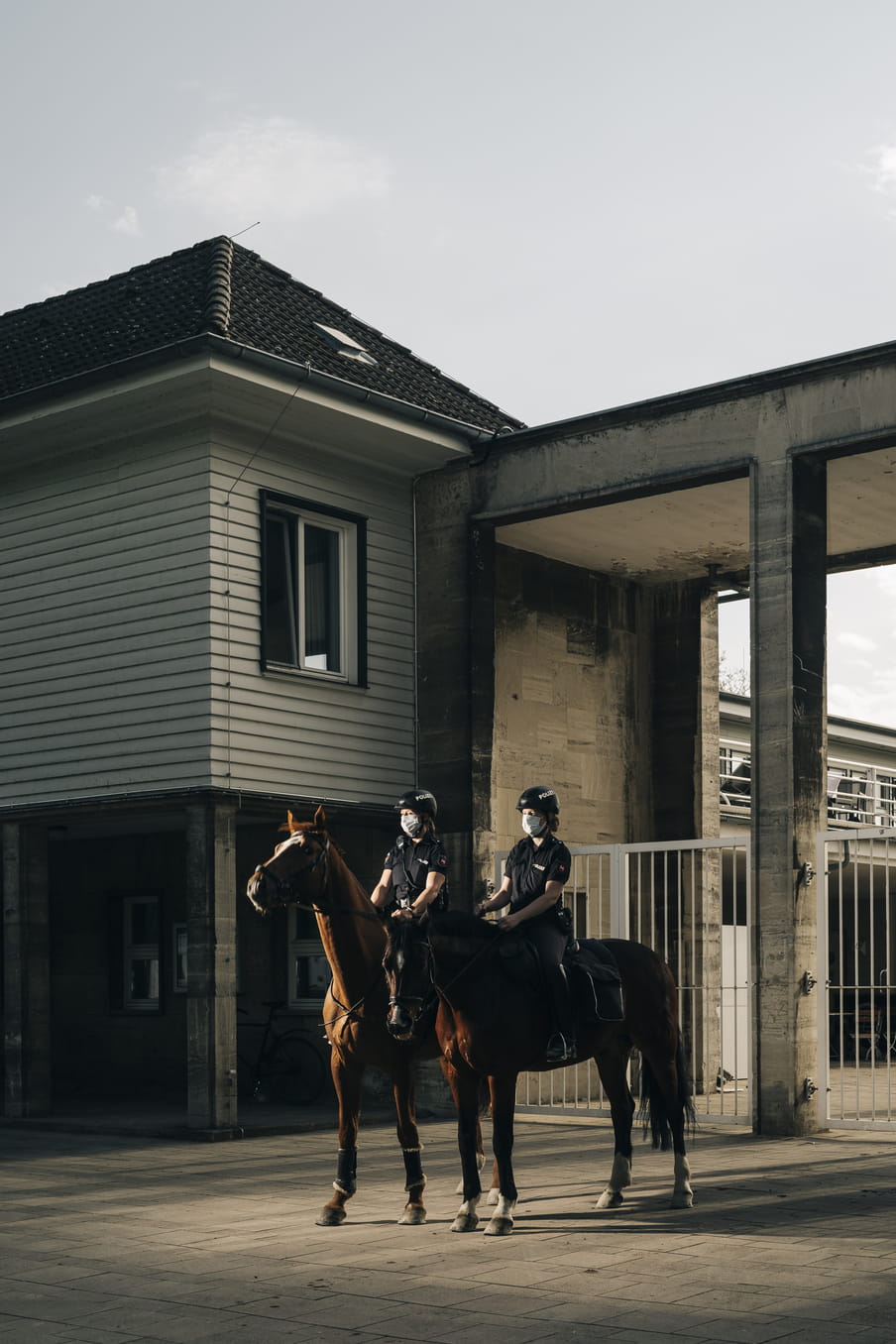
The development of a vaccine also consists of different stages. Some of these can be executed simultaneously to save time, but others have to wait until you’ve completed the previous step.
It starts with preclinical research. During this stage, scientists study how the virus works and what options there are to activate an immune response to that virus. In this stage, you’re not testing potential vaccines on people, but in petri dishes and on animals, usually monkeys. Usually, this stage takes several years, but for coronavirus they were able to build on research they had already done for Sars, the other coronavirus that caused an epidemic in 2003 and which closely resembles coronavirus.
Usually, pharmaceutical companies take their time to complete this stage: the more knowledge you accumulate during this stage, the less chance there is that your vaccine will fail in the later and much more expensive stages. For coronavirus, this stage was completed as quickly as possible. To go back to our house metaphor: the plans weren’t perfect yet, but we started building anyway. We’ll have to wait to find out whether the house will fall down or not.
After this, there are clinical trials: research on humans. This consists of three phases.
Phase one
In phase one, the potential vaccine is tested on a small group, usually consisting of about a hundred healthy test subjects. During this phase, you want to check if the potential vaccine activates an immune response and you’re looking for possible harmful side effects.
Phase two
In phase two, the vaccine is given to several hundred people. These test subjects are divided into two groups: one group receives the real vaccine, the other gets a placebo. After a few weeks to months, you can analyse the differences between the groups: did more people become infected in the placebo group than in the vaccine group? Did the vaccine group experience more unwanted side effects?
This second phase is used to decide on the best dosage for the vaccine. It’s not possible to draw definite conclusions about its safety and effectiveness yet. Because the number of test subjects is relatively low, it’s hard to rule out coincidence. And so you need one last phase.
Phase three
At this point, you’re also testing safety and effectiveness by comparing a vaccine group to a placebo group, except now you’re using tens of thousands of test subjects. This is the real test for a vaccine. Only when this phase is complete can you draw substantiated conclusions about its effectiveness and safety.
Usually, these clinical trials take several years. It’s quite a complex process: you have to find enough test subjects; you need to be able to produce enough doses of the vaccine and make sure they reach the test subjects; you need doctors to supervise these test subjects; you have to collect and analyse the results.
If you have enough money, you can eliminate many of these logistic obstacles very quickly. But the most important part of this clinical stage needs time: to find out whether your vaccine protects your test subjects from becoming ill, they have to be exposed to potential infections for a long period of time. Unwanted side effects also may not surface for several weeks or months.
There’s one big advantage at the moment: the pandemic is still in full swing. When there are barely any infections, it’s hard to test a vaccine. But that’s not an issue we have at the moment, especially in countries such as the US and Mexico. Pharmaceutical companies are doing everything they can at the moment to speed up these three phases. Sometimes they combine two phases, for instance, and they don’t always wait for a thorough analysis of the previous phase before they continue to the next one.
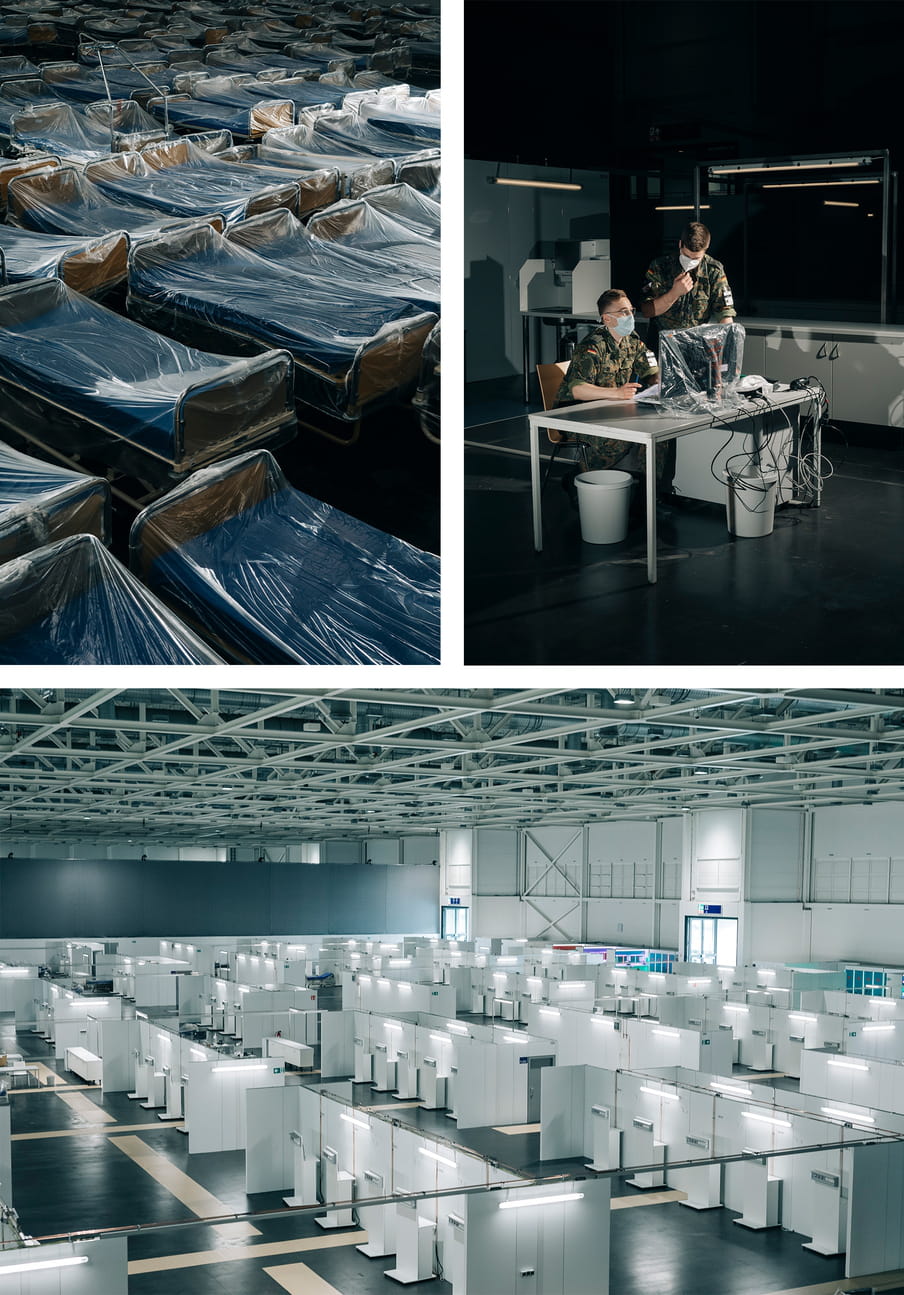
At the moment, there are already various vaccine producers working on phase three trials. If you look at their progress, it’s pretty clear that Trump’s dream of having a vaccine in a matter of weeks is highly unlikely. Pharmaceutical company AstraZeneca will complete its clinical trials in early December at the earliest, Moderna is hoping for November, and the frontrunner, Pfizer and BioNTech, will be completing phase three by the end of October, at the earliest.
But even after that, it will take a while before a vaccine is readily available for everyone.
After clinical trials, you can’t start vaccinating people straight away: first, the medicine authorities have their say. They decide whether the vaccine can be put on the market. Under normal circumstances, this evaluation period can take up to a year. A team of statisticians and virologists analyse the research results and, if necessary, ask for additional research.
The EMA, the European health authority, has already announced that it will complete the approval process for coronavirus vaccines within 150 days. According to the EMA, speeding up the process will not come at the expense of the vaccine’s safety or effectiveness.
There is another way to speed up the development of a vaccine: just skip a few steps. That’s the reason the Chinese and Russian vaccines are already on the market. These were rolled out before the phase three trials had been completed. In China, more than 100,000 people have already been vaccinated, and Russia also wants to start a mass vaccination campaign as soon as possible. This is dangerous, many experts say: without the results of the phase three trials, we don’t have enough data to determine whether these vaccines are safe and effective.
We could also skip steps in Europe and the US. Both the EMA and the FDA can approve a vaccine before all the clinical trials have been completed, if there’s an urgent need for one. Even so, the chances are that the medicine authorities will wait until the phase three trials have been completed. Even the industry insists on this because they are afraid the public will lose faith in the safety of the vaccines.
But even if we wait for the completion of phase three, we will have developed these coronavirus vaccines at breakneck speed. And so the question remains: does this speed not come at the expense of safety?
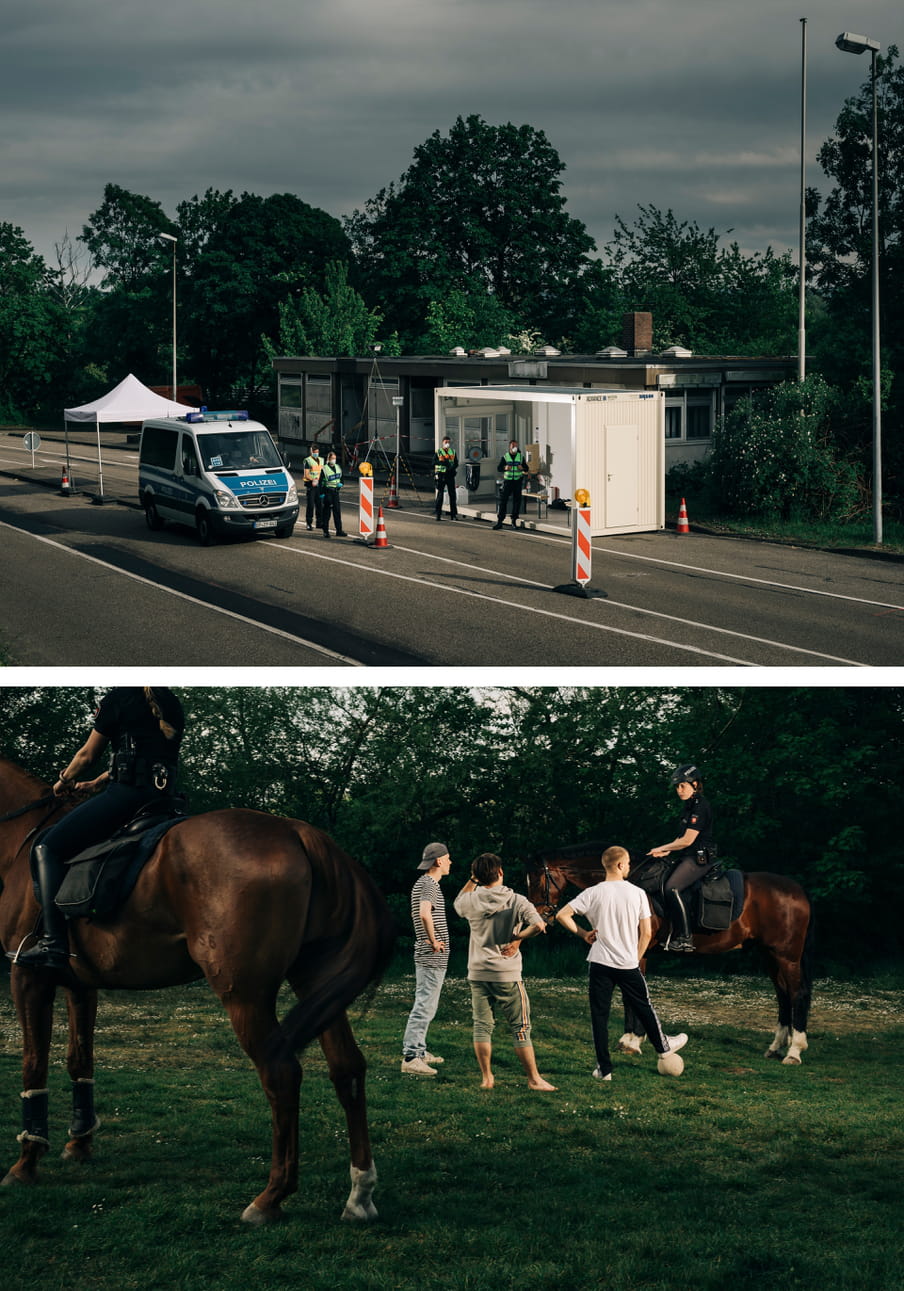
How safe will these vaccines be?
Coronavirus vaccines will be given to millions, perhaps billions of people. This means that even very rare side effects can cause enormous damage. If a certain vaccine causes one in 10,000 people to experience a serious side effect, 10,000 healthy people will become ill if you vaccinate 100 million people.
Also, most potential coronavirus vaccines are based on new vaccine technologies. As a result, we know very little about the possible side effects.
The negative effect of a vaccine that scientists worry about most is called antibody-dependent enhancement, or ADE. When this happens, the vaccine actually worsens the infection. This means some people who are already infected become even more ill because of the vaccine.
This means we won’t know how safe the current potential vaccines are until phase three trials are complete. But even those studies may not be large enough to detect extremely rare side effects. Another problem: those studies are usually conducted using relatively young, healthy people as test subjects. If they don’t suffer unpleasant side effects, that doesn’t necessarily mean the vaccines are also safe for older, chronically ill people.
What’s more: a vaccine that isn’t very safe undermines public trust. Imagine if a small number of people do become very ill as a result – how would you then convince the majority of the world’s population to be vaccinated anyway?
Of course, you have to weigh the risk of any side effects against the benefits of the vaccine. Even if a vaccine is not completely safe, it can be a good idea to get vaccinated. Currently, the coronavirus infection fatality rate is estimated at 0.6%. That means that if 1,000 people become infected with coronavirus, six of them will die. Suppose a vaccine kills one in 10,000 people who are vaccinated. Even then, it’s a good idea to get your shot: a one in 10,000 chance of dying is better than a six in 1,000 chance.

How well will these vaccines work?
Effectiveness is at least as important as safety. In an ideal situation, a vaccine ensures so-called sterilising immunity: one jab and you’re protected for life. There are only very few vaccines that actually manage this.
It is still unknown how well the coronavirus vaccine will protect people. For this, too, we need to await the results of phase three trials. But we do know that the medicine authorities have decided that the minimum protection level can be very low. The FDA will approve a vaccine as long as its effectiveness is 50% or higher. That’s a very low limit. If we want to achieve herd immunity, scientists say we need a vaccine that is at least 70% effective.
An ineffective vaccine can even backfire significantly. People who have been vaccinated no longer see the point of adhering to government restrictions. No harm in breaking the rules, right? I’ve been vaccinated! If those people aren’t fully protected by the vaccine and they start shaking hands and going to busy events again, the epidemic will flare up once more.
We also don’t know yet whether everyone will be equally well protected. Vaccines are usually less effective among older people. Unfortunately, elderly people are the ones who are most at risk during this pandemic. It’s not clear whether we will be able to protect them sufficiently with a vaccine.
Finally, we don’t know for how long the vaccine will protect people. If we’re unlucky, that protection will last for less than a year. That would mean that we would have to start a second round of vaccinations before we’ve even finished the first round. Logistically speaking, vaccinating enough people once is already an enormous challenge. Vaccinating all those people annually is a logistical nightmare.
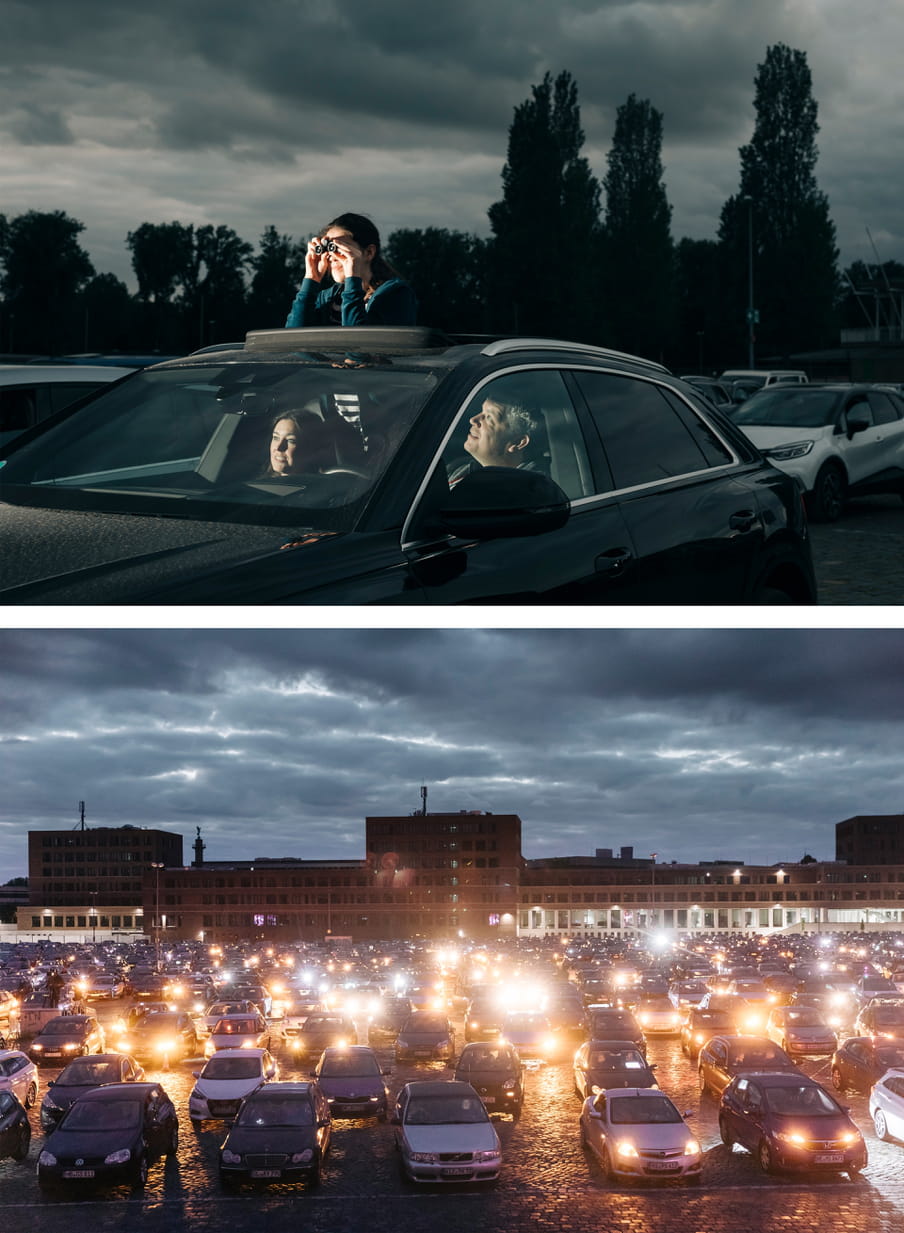
Is that the end of all the misery?
What if everything goes according to plan, and we find a safe and effective vaccine sometime next year. Can we go back to the old normal then?
Here, too, previous experience doesn’t give us much cause for optimism. The polio vaccine was approved in 1955 and a mass immunisation programme was rolled out in the US. In the years that followed, the number of polio cases there decreased by almost 80%. Even so, it wasn’t until 1979, more than 20 years later, that polio completely disappeared in the US.
Even once there’s a vaccine, it could take a while before we manage to get rid of Covid-19. First, we need to produce enough of the vaccine to serve the population. Normally, production doesn’t start until the vaccine has been approved, but because of the pandemic, production is already in full swing.
This is a risk for the producers as well as governments, which have already purchased millions of doses. If the vaccine isn’t approved, all those vials will go straight into the bin. If that happens, that particular factory can’t easily switch to producing a different vaccine because each kind of vaccine requires a completely different production environment.
Even once there’s a vaccine, it could take a while before we manage to get rid of Covid-19
And it’s not only lots of vaccines that you need to produce, but also the vials made of medical glass to keep them in, and needles to administer them. Because of the enormous demand, there are shortage risks for all these things.
In an enormous challenge such as this one, nationalism could throw a spanner in the works, as it often does. Each country will try to get their hands on enough doses to inoculate their own population first. So if a successful vaccine is found in the United States, that doesn’t mean we will have access to it in Europe. Poorer countries that don’t have the means to pre-order doses now will have to join the back of the queue later. A healthy US American in his 20s will most likely be inoculated before a nurse in India.
But even without this "serve your own people first" mentality, it’s a huge challenge. To get all those millions of vaccines to the population, you need distribution centres, transportation, trained personnel to administer the immunisations, a tracking system to keep tabs on who’s been vaccinated and who hasn’t, and so on. We may have a vaccine by early next year, but it will take some time before enough people have been effectively immunised.
And then there’s the question of whether people even want to be vaccinated.
According to opinion polls, one in three US Americans would not get a vaccine. The main reason they wouldn’t get the vaccination is because they are worried about the side effects.
If we want to halt this pandemic and achieve herd immunity, we don’t just need an effective vaccine, but also enough people who are willing to be vaccinated. According to a model from a US medical journal, a vaccine with an effectiveness of 60% is enough to prevent an epidemic if everyone is vaccinated. With a vaccination coverage of 75%, we would need a vaccine that is at least 70% effective.
Of course we can set up an information campaign to convince people to get vaccinated. But the best way of increasing vaccination coverage is by simply ensuring the vaccines we develop are safe and effective.
This article first appeared on De Correspondent. Translated from Dutch by Hannah Kousbroek.
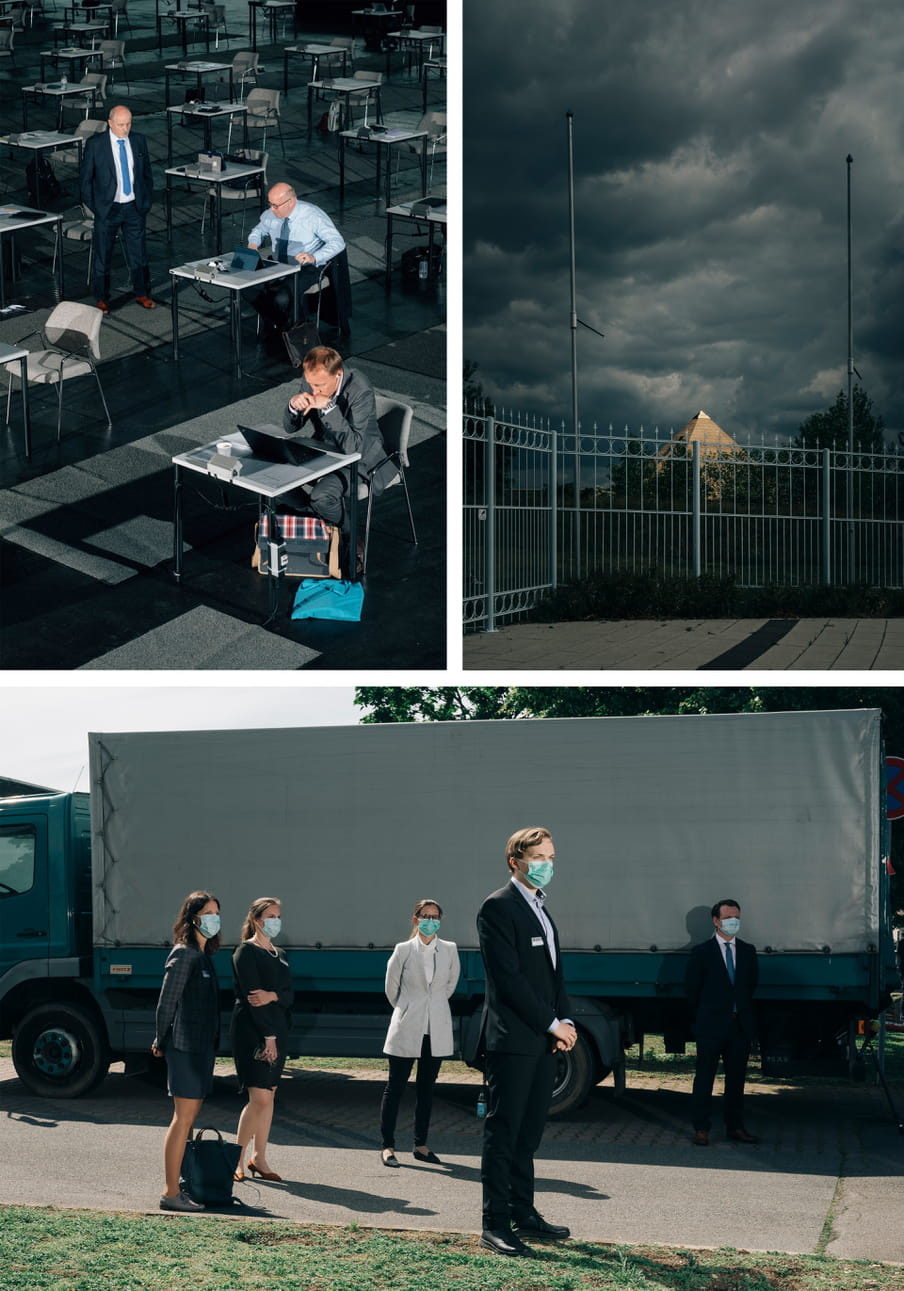
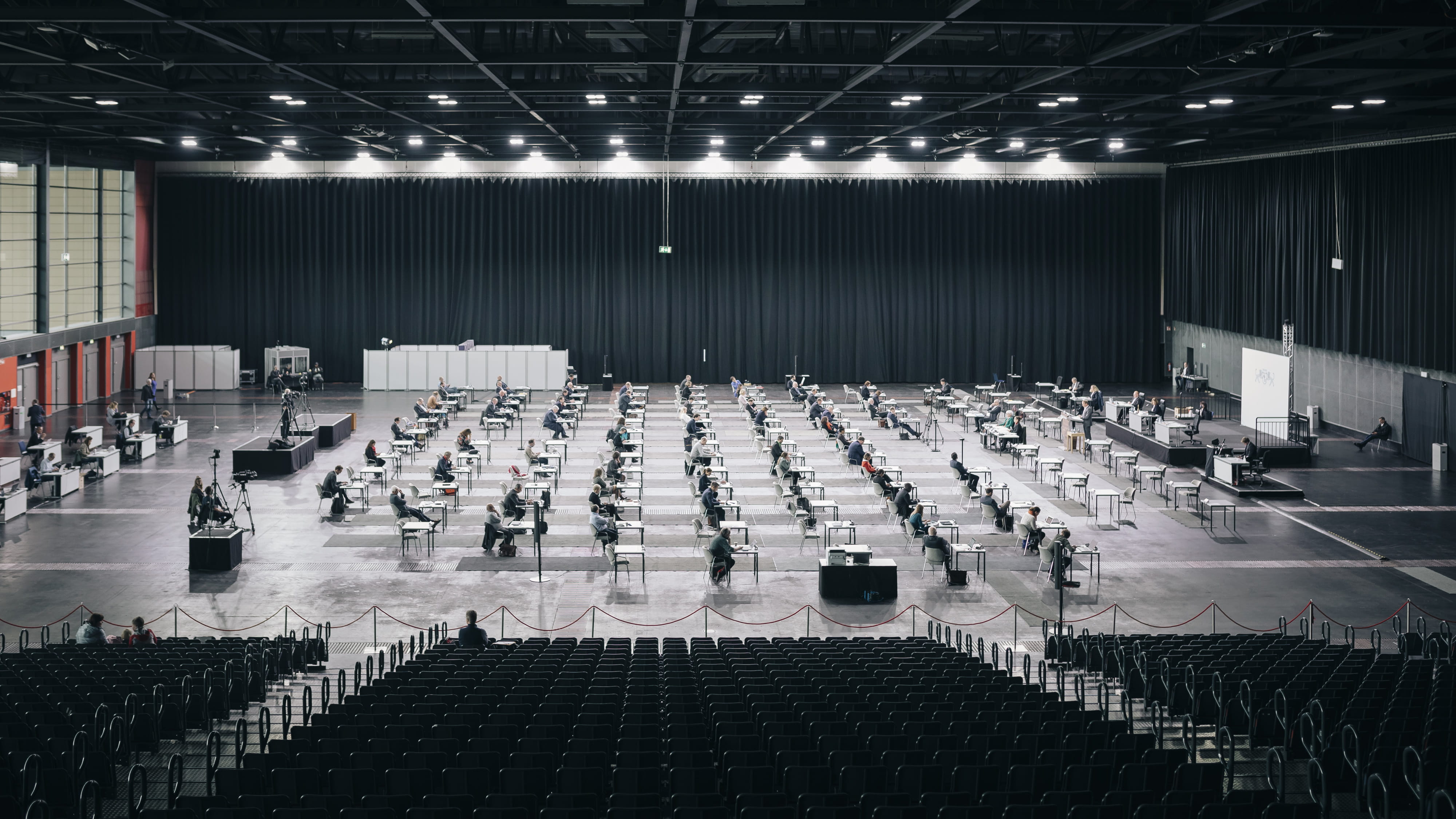 About the images
A stadium filled with cardboard figures, queues in front of the supermarket, car concerts, mouth masks and latex gloves. Since the global outbreak of Covid-19, Rafael Heygster and Helena Lea Manhartsberger have been documenting surreal scenarios of the pandemic in Germany. The images that are part of the project Corona Rhapsody are not staged, but by using theatrical lighting, they play with the notion of what is real and what a futuristic vision might be.
About the images
A stadium filled with cardboard figures, queues in front of the supermarket, car concerts, mouth masks and latex gloves. Since the global outbreak of Covid-19, Rafael Heygster and Helena Lea Manhartsberger have been documenting surreal scenarios of the pandemic in Germany. The images that are part of the project Corona Rhapsody are not staged, but by using theatrical lighting, they play with the notion of what is real and what a futuristic vision might be.
Dig deeper
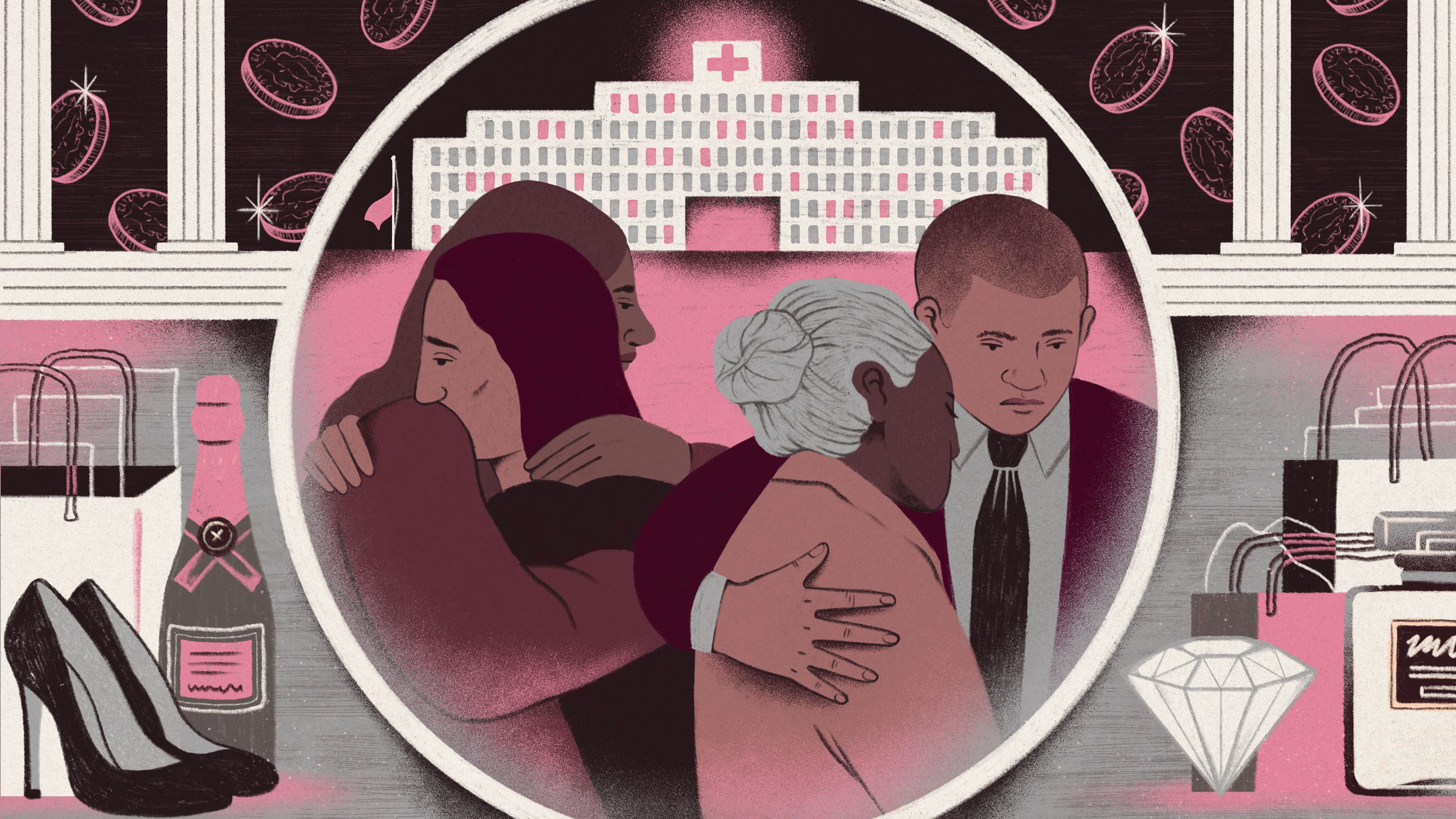 Our world is built for profit. Let’s build one that protects us instead
We live in a society where it’s easier to get a Michelin-star meal delivered to our doorstep than it is to get a medical mask that protects our nurses and doctors. And it’s designed that way. But we can change it for the better, just as we can change ourselves.
Our world is built for profit. Let’s build one that protects us instead
We live in a society where it’s easier to get a Michelin-star meal delivered to our doorstep than it is to get a medical mask that protects our nurses and doctors. And it’s designed that way. But we can change it for the better, just as we can change ourselves.
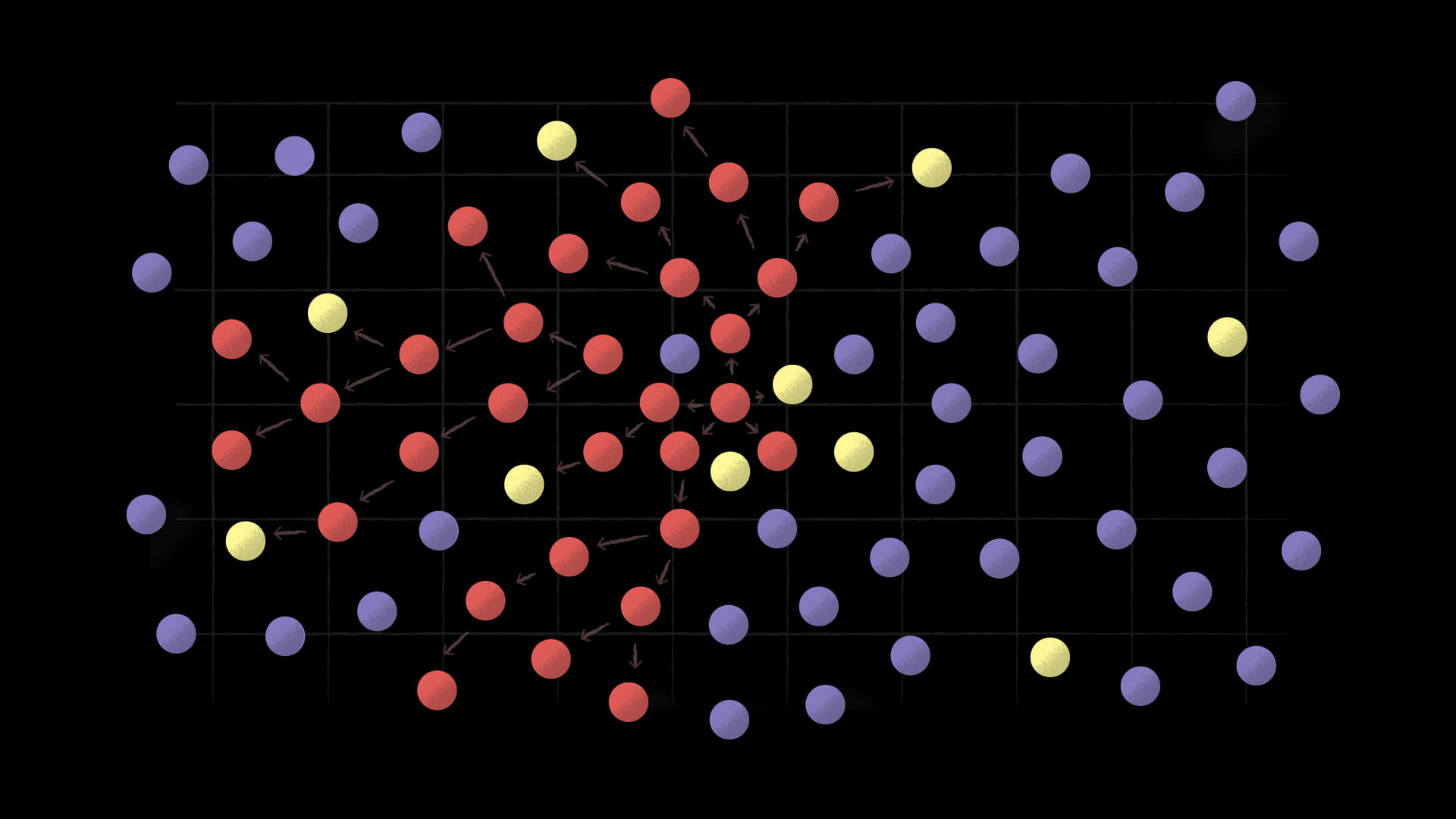 What is ‘herd immunity’?
The chief science adviser to the British government and the Dutch prime minister want to build herd immunity to the coronavirus. The idea is that once you’ve had the virus, you’re immune. But what exactly does this mean? And what do and don’t we know about herd immunity?
What is ‘herd immunity’?
The chief science adviser to the British government and the Dutch prime minister want to build herd immunity to the coronavirus. The idea is that once you’ve had the virus, you’re immune. But what exactly does this mean? And what do and don’t we know about herd immunity?


